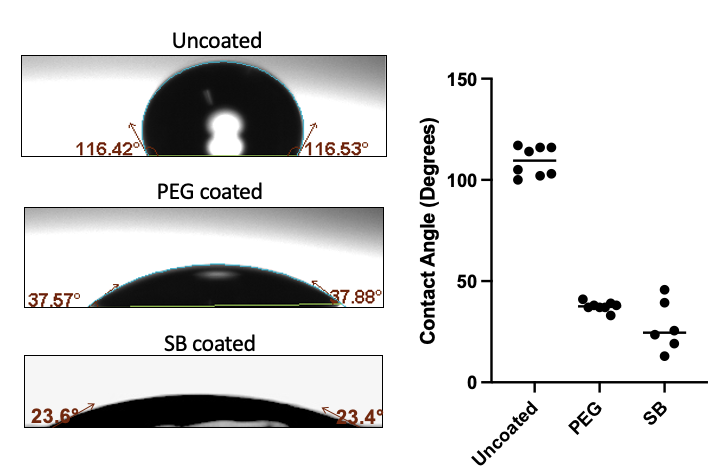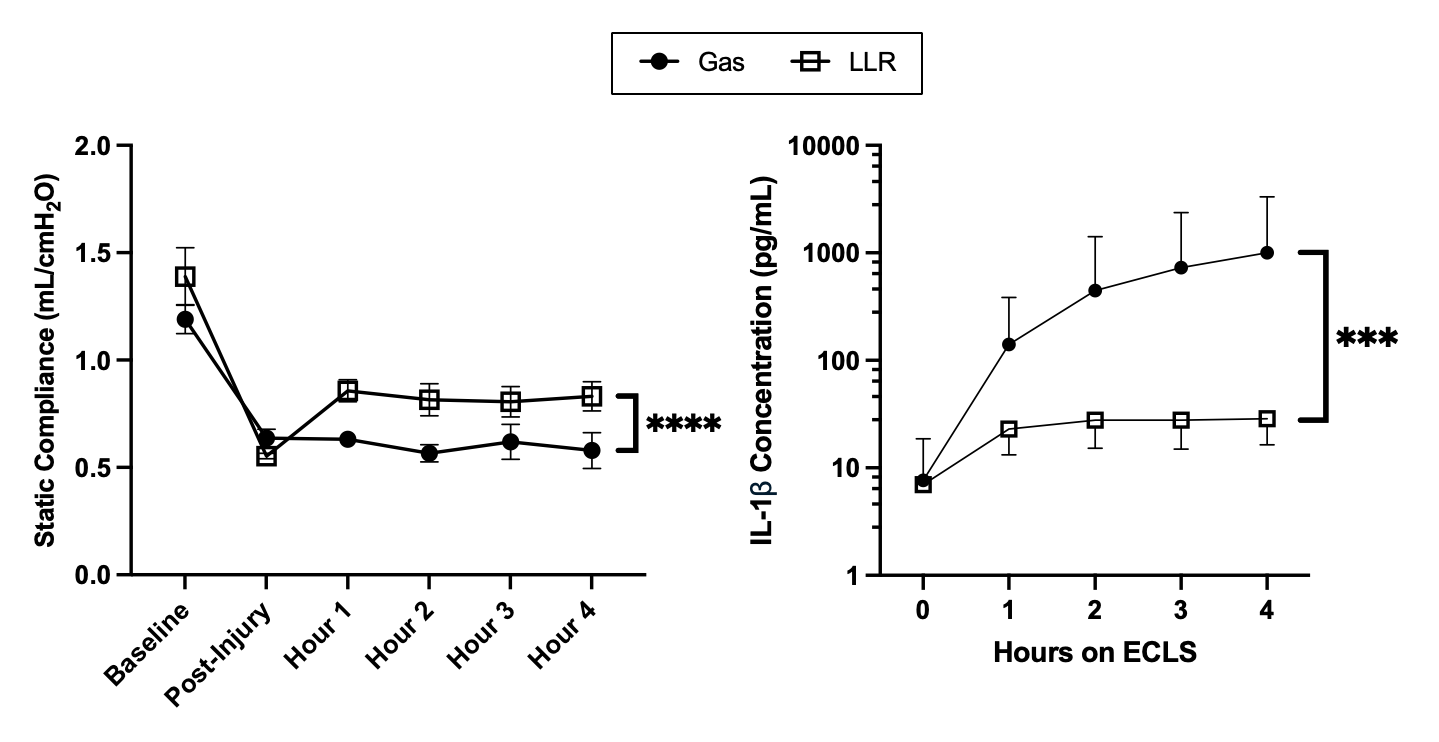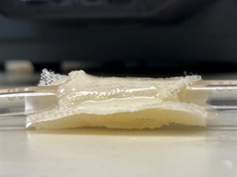Research
Our team combines clinical medicine and bioengineering to develop technologies to improve outcomes for pediatric patients on extracorporeal life support (ECLS). We are developing next generation microfluidic oxygenators based on breakthrough semiconductor silicon membrane technology. In addition, we seek to understand the mechanisms of lung recovery while on ECLS.
Current projects
Semiconductor silicon-based flat plate membranes
Microfabrication technology has enabled the development of semipermeable membranes based on semiconductor silicon technology. These membranes are a composite structure consisting of a pore-containing silicon backbone and a thin gas-permeable elastomeric layer. The key advantage of these membranes over existing technology is their rigid and flat-plate nature, which allows high efficiency gas exchange and laminar blood flow.
Hemocompatible surface modifications
The properties of the artificial material contacting the blood can have significant effects on activation of platelets and clotting factors. Hydrophilic coatings such as polyethylene glycol (PEG) or sulfobetaine (SB) have been shown to reduce protein adsorption and subsequent thrombosis formation. Covalent bonding of these materials can make semipermeable membranes much more hydrophilic (reduced water contact angle) and thus more hemocompatible.
Liquid lung rest (LLR) to improve lung recovery on ECLS.
One of the primary indications for placing a patient on ECLS is to “rest” the lungs and facilitate recovery after acute lung injury. However, there is little research to help guide the optimal way to rest and recover the lungs. We have developed a swine model of acute lung injury and ECLS to evaluate whether ventilating the lungs with liquid as opposed to gas improves recovery.
Bioabsorbable wrap for sutureless carotid artery repair
ECLS requires the placement of large cannulas into major blood vessels such as the carotid artery. Following patient recovery, these cannulas are removed, but repairing the carotid artery is complex and risky. Therefore, the carotid artery is frequently ligated, resulting in a permanent loss of function. We have developed a bioabsorbable wrap to allow the artery to heal itself after ECLS cannulation.




